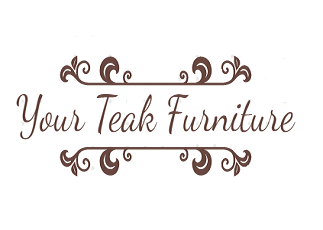If you live in a region of high humidity, you may find that your home is always damp, which can lead to mould growth, musty odours, and other issues. A room dehumidifier can help to remove excess moisture from the air, creating a more comfortable and healthy living environment. However, with so many different types and models available, choosing the right one for your home can be challenging.
Read the following section to know how to make the right choice.
Room Size
The size of the room where you plan to use the dehumidifier is a crucial factor to consider when selecting a unit. If the room is too large, the unit may not be able to effectively remove the excess moisture from the air, while if it is too small, it may be too powerful and over-dry the air. To determine the appropriate size, you need to calculate the area’s square footage and choose a rated unit to handle that square footage.
Humidity Levels
The humidity in your home also plays a role in determining the right room dehumidifier. A home with high humidity levels needs a unit with high capacity. Conversely, if the humidity levels are low, you may be able to manage with a smaller unit. You can also use a hygrometer to measure the humidity levels in your home and select a unit accordingly.
Energy Efficiency
Dehumidifiers consume a lot of energy, but some models are more efficient than others. Look for units with ENERGY STAR ratings, which means that the models meet the strict energy efficiency guidelines set by the EPA. Energy-efficient models will help you save on your energy bills and reduce your carbon footprint. These models also generate less heat, which means they can last longer.
Noise Level
If you need a dehumidifier for your bedroom or other quiet space, you will want to choose a model that makes less noise. Some models have noise levels as low as 35 decibels, quieter than a whisper. Look for models with noise level ratings listed in the specifications to compare different models.
Portability
If you plan to move your unit from room to room, you will want to choose a model that is easy to move. Look for lightweight models with caster wheels or handles for easy transportation. Also, check if the models come with cord storage, built-in handles, and caster wheels for easy mobility. Some models also have a removable water tank or drain hose for hassle-free maintenance.
Additional Features
Some models come with additional features that make them more convenient or useful. For example, some have a built-in humidistat that can measure the humidity levels in the room and automatically turn the unit on and off as needed. Others have an automatic shut-off feature that turns the unit off when the water tank is full to prevent overflow.
Price and Warranty
Dehumidifiers can vary in price, from budget-friendly options to more expensive models with advanced features. Consider your budget and the features you need before making a purchase. Additionally, check the warranty the manufacturer offers to ensure that you are protected in case of any defects or malfunctions. A good warranty will give you peace of mind and save you money in the long run.
Dehumidifiers can significantly improve your living environment by reducing excess humidity, preventing mould growth, and improving air quality. By considering factors such as room size, humidity levels, energy efficiency, noise level, portability, additional features, price, and warranty, you can find a unit that fits your needs and budget. Remember to also consider your area’s unique climate and humidity patterns to ensure that it is suitable for your specific environment.

